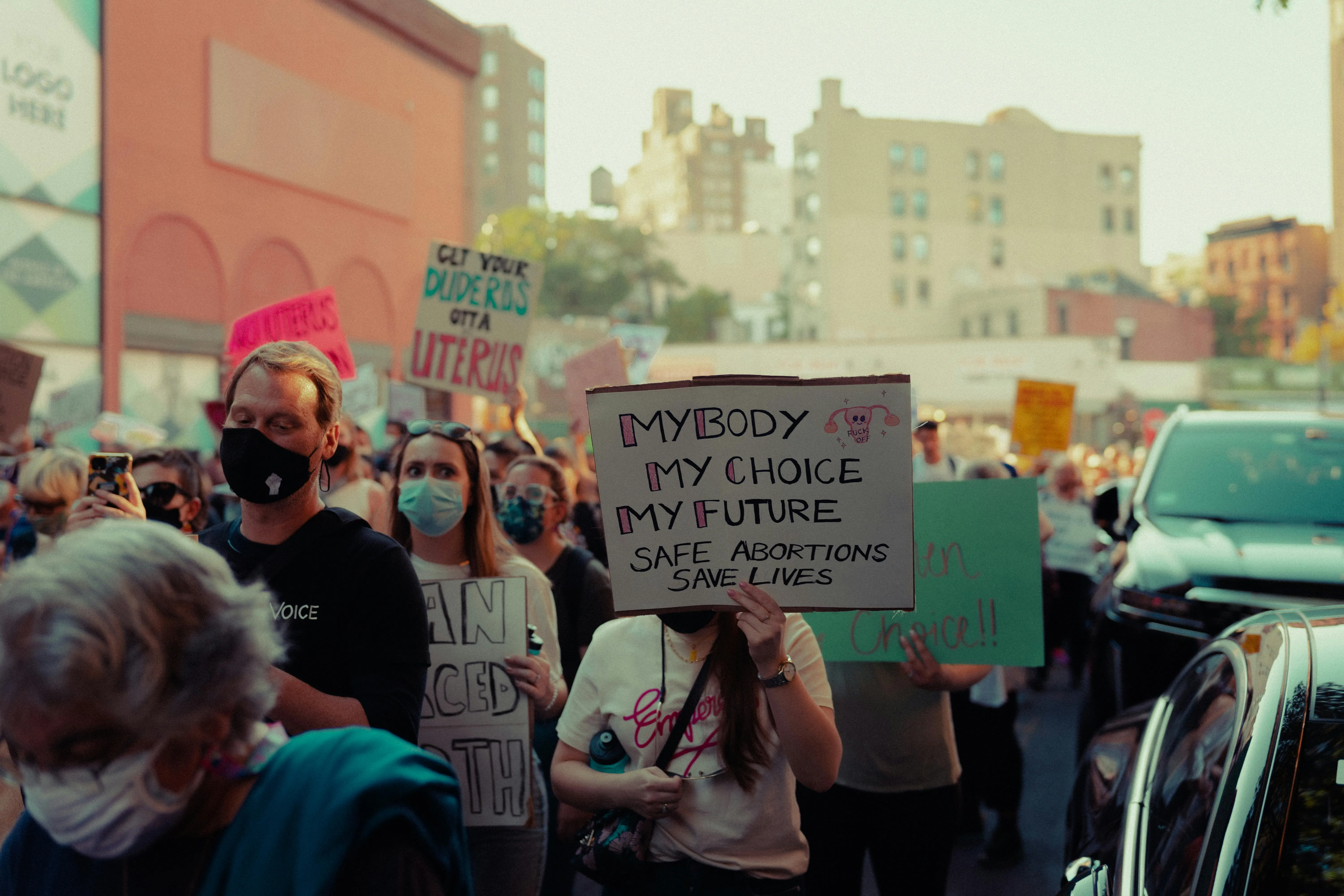Unveiling the Reality: Impact of Abortion Restrictions on Rape-Related Pregnancies
Introduction:
In the complex landscape of reproductive rights, recent data has shed light on a concerning trend—nearly 65,000 pregnancies resulting from rape have occurred in states with abortion restrictions. This revelation prompts a critical examination of the implications and challenges faced by survivors in these circumstances. This article navigates through the statistics, exploring the human aspect behind the numbers and the broader implications on women's health and autonomy.

The Harsh Reality:
The statistics tell a stark story, revealing that thousands of individuals who have experienced the trauma of rape find themselves navigating the challenging terrain of an unplanned pregnancy. In states with restrictive abortion laws, these survivors encounter additional hurdles in accessing the reproductive healthcare they may desperately need. The harsh reality painted by these numbers demands a closer look at the impact of policy decisions on the lives of those already burdened by trauma.
Navigating Legal Restrictions:
Abortion restrictions in various states pose significant challenges for survivors of sexual assault. Limited access to abortion services, waiting periods, and other legal barriers create additional stress for individuals already grappling with the aftermath of a traumatic experience. Navigating this complex legal landscape adds an extra layer of hardship, often affecting the mental and emotional well-being of survivors.
Healthcare Disparities:
The data underscores healthcare disparities, as survivors in states with restrictive abortion laws may face delays in receiving appropriate medical care. The importance of timely access to healthcare services, including reproductive choices, cannot be overstated, especially in the context of sexual assault survivors. The disparities highlighted by these statistics warrant a reevaluation of policies impacting women's healthcare.
Advocacy and Support:
In the face of such challenges, advocacy and support become crucial components of the conversation. Organizations working to address the intersections of reproductive rights and sexual assault must continue their efforts to raise awareness, challenge restrictive policies, and provide assistance to survivors. Highlighting the stories of resilience and the voices of those directly affected by these statistics can be a powerful catalyst for change.
The Human Element:
Beyond the numbers lies the human element—a tapestry of stories, struggles, and resilience. Each number represents an individual whose life has been forever altered. It is imperative to approach this issue with empathy, acknowledging the lived experiences of survivors and recognizing the importance of policies that prioritize their well-being and autonomy.
Conclusion:
The revelation of nearly 65,000 pregnancies resulting from rape in states with abortion restrictions demands a comprehensive reevaluation of existing policies. Beyond the statistics, there are real and profound implications for survivors who navigate a complex landscape shaped by legal, healthcare, and societal factors. Advocacy, support, and a commitment to empathy are vital in addressing the human impact behind these numbers.
FAQs:
-
Are there initiatives addressing the intersection of reproductive rights and sexual assault?
- Yes, various organizations work to address this intersection, offering support, advocacy, and resources for survivors.
-
How can individuals contribute to advocacy efforts?
- Supporting and volunteering with organizations focused on reproductive rights and sexual assault is a meaningful way to contribute.
-
What role does empathy play in addressing this issue?
- Empathy is crucial in understanding the lived experiences of survivors and advocating for policies that prioritize their well-being.
-
Are there legislative efforts to address these disparities?
- Legislative initiatives aimed at addressing reproductive rights and sexual assault disparities vary by state, and advocacy plays a key role in shaping these efforts.
-
How can the broader community contribute to destigmatizing discussions around reproductive rights?
- Open and informed conversations, as well as supporting initiatives that promote education and awareness, can contribute to destigmatizing discussions around reproductive rights.

No comments:
Post a Comment